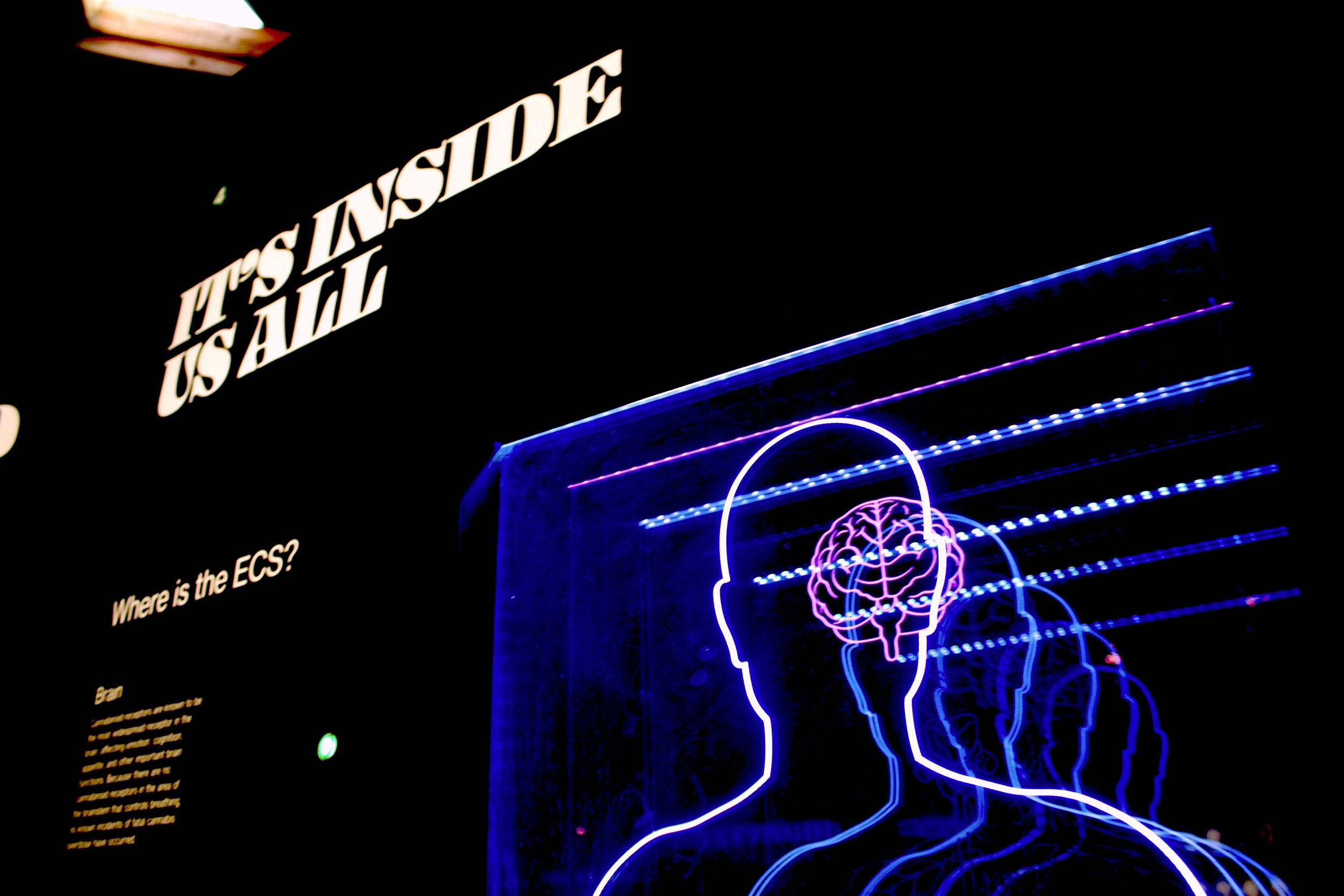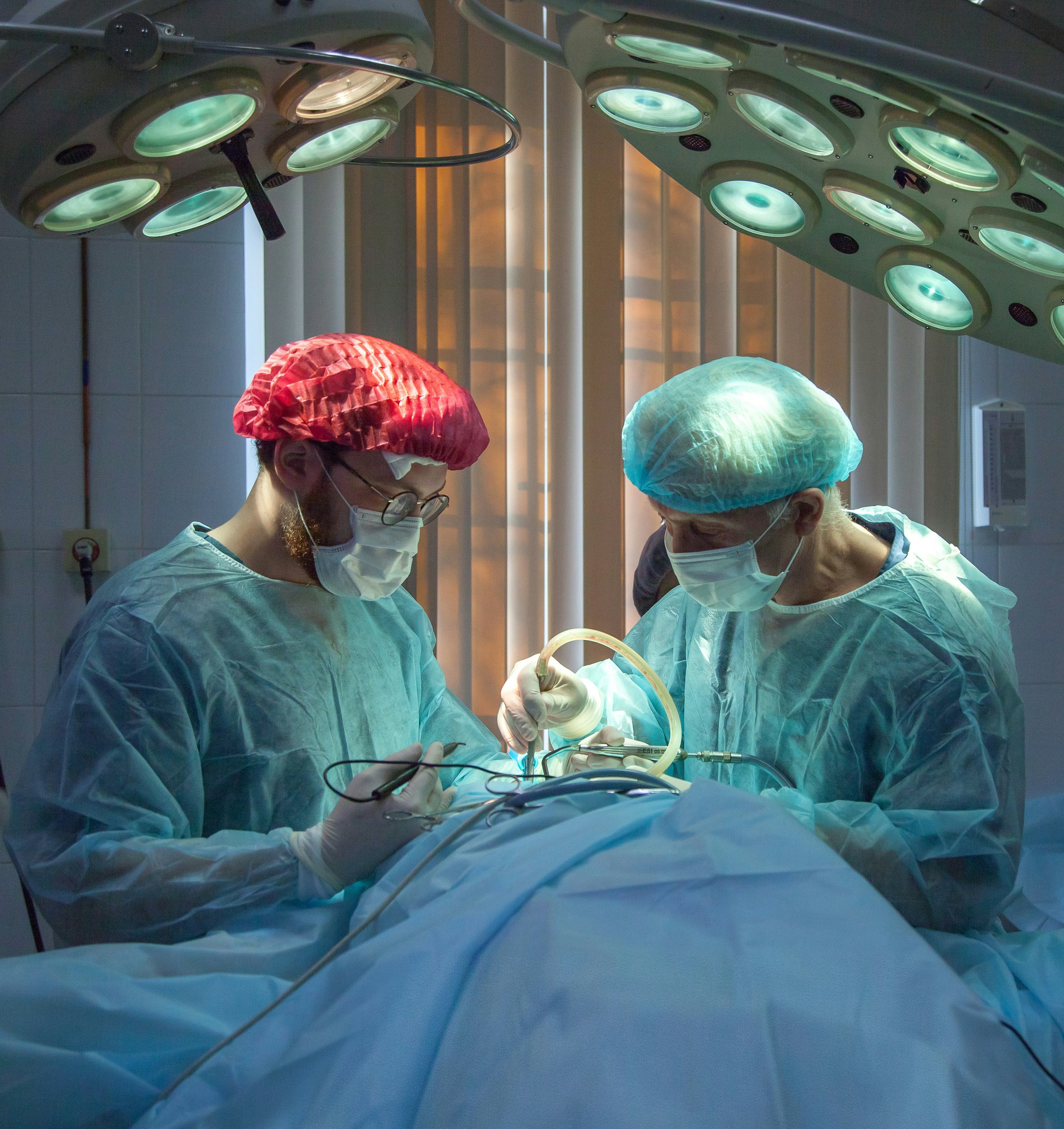Neuralink
This company is in the pipeline of America 2030, IPO CLUB’s $50M, actively managed secondary fund focused on U.S. defense, energy, security, and AI.
Founded in 2016 and headquartered in Fremont, California, Neuralink employs approximately 500 professionals across neuroscience, engineering, artificial intelligence, and robotics. The company operates at the intersection of HealthTech, Therapeutic Devices, Neurological Diagnostics, and Artificial Intelligence, assembling a world-class interdisciplinary team dedicated to advancing brain–machine interface (BMI) technology.
What is Neuralink?
Neuralink is a pioneering neurotechnology company co-founded by Elon Musk, who invested $100 million of his own capital to launch the venture. The company’s core mission is to develop implantable brain–machine interfaces that enable direct communication between the human brain and external devices. Neuralink’s technology suite comprises the R1 surgical robot, the N1 implant, the N1 charger, and the Neuralink Application, all designed to work seamlessly together to restore and enhance neurological function.
Company Mission and Vision
Neuralink’s overarching goal is to address some of the most challenging neurological conditions and, ultimately, to unlock the full potential of the human mind. By creating a direct interface between the brain and computers, Neuralink aims to revolutionize the treatment of neurological disorders, restore lost sensory and motor functions, and lay the groundwork for future human enhancement.
Key Objectives
Medical Applications
Treat Neurological Disorders: Targeting conditions such as Parkinson’s disease, epilepsy, ALS, and paralysis by restoring neural pathways and lost functions.
Restore Sensory and Motor Function: Enabling individuals with spinal cord injuries or neurodegenerative diseases to regain movement, communication, and independence.
Vision Restoration: Developing technology to restore sight in cases of blindness through direct stimulation of the visual cortex.
Mental Health Solutions: Exploring applications for treating depression, anxiety, and other psychiatric conditions by modulating neural circuits.
Human Enhancement
Cognitive Augmentation: Integrating neural implants to enhance memory, learning speed, and information processing.
Human–AI Symbiosis: Facilitating seamless interaction between humans and artificial intelligence, ensuring humans remain competitive in an AI-driven future.
Advanced Human–Computer Interaction: Allowing users to control digital devices, prosthetics, and even smart home systems using only their thoughts.
Core Technology
Neural Implants: The N1 implant is a compact, biocompatible device containing over 1,000 ultra-thin, flexible electrode threads. These threads are meticulously inserted into targeted brain regions to record and stimulate neural activity with high precision.
BCI Chip: Neuralink’s proprietary chip processes brain signals in real time, transmitting data wirelessly to external devices via Bluetooth or other secure wireless protocols.
Robot-Assisted Surgery: The R1 robot performs minimally invasive procedures, inserting electrode threads with micron-level accuracy while minimizing tissue damage and reducing surgical risks.
Wearable Components: The N1 charger and Neuralink Application enable users to recharge their implants and interact with connected devices, providing a user-friendly interface for day-to-day use.
Status and Challenges
Neuralink has achieved several significant milestones on its path to commercialization. After years of preclinical research involving animal models, the company received FDA approval in May 2023 to initiate human trials focused on treating paralysis. By January 2024, Neuralink successfully implanted its device in the first human patient, followed by additional patients throughout 2024 and 2025, including individuals with ALS who demonstrated the ability to control digital interfaces hands-free.
Despite these breakthroughs, Neuralink faces complex technical, ethical, and regulatory challenges. The risks associated with brain surgery, the long-term safety and durability of implants, and concerns over privacy and data security remain at the forefront. The company is committed to rigorous clinical testing, transparent reporting, and ongoing dialogue with regulators and the public to address these concerns.
Business Development Timeline
2016: Neuralink founded by Elon Musk and a multidisciplinary team.
August 2020: Live demonstration of pigs with Neuralink implants, showcasing real-time neural activity and device functionality.
2021–2023: Extensive data trials in monkeys, advancing the technology’s reliability and safety.
May 2023: FDA grants approval to commence human trials.
January 2024: First human patient receives Neuralink implant.
August 2024: Second patient successfully uses the implant to play video games using only neural signals.
January 2025: Third patient, diagnosed with ALS, receives implant and demonstrates restored digital communication.
2025 (H2): Plans to expand clinical trials to 20–30 patients, pending regulatory progress.
2026–2027: Anticipated regulatory filings and preparation for commercial launch.
2030+: Vision for mass-market neuro-enhancement devices available to healthy individuals.
Key Investors
Neuralink’s growth has been fueled by substantial investments from leading venture capital firms and technology visionaries, including Founders Fund, GigaFund, Elon Musk, Valor Equity Partners, GV (Google Ventures), ARK Invest, Sequoia Capital, and Thrive Capital.
Most Recent Financing Status
Neuralink continues to attract significant private capital. In June 2025, the company closed a $650 million Series E funding round, led by prominent investors such as ARK Invest, Founders Fund, Sequoia Capital, and Thrive Capital. This round valued Neuralink at approximately $9 billion pre-money, reflecting strong confidence in the company’s technological progress and commercial potential. The previous Series D round in August 2023 raised $280 million, later increased to $323 million with additional investments. Since its inception, Neuralink has secured hundreds of millions of dollars in funding, with Elon Musk’s initial $100 million investment setting the foundation for its ambitious research and development agenda.
Neuralink Stock
Is Neuralink Publicly Traded?
Neuralink remains a privately held company and is not listed on public stock exchanges such as the NYSE or NASDAQ. As of now, there is no announced timeline or official plan for an initial public offering (IPO). Retail investors cannot purchase Neuralink shares through traditional brokerage accounts. However, select platforms like IPO CLUB provide accredited investors with opportunities to gain exposure to Neuralink by purchasing shares from early investors or through private placements.
How to Invest in Neuralink
While the general public cannot invest in Neuralink directly, accredited investors—those who meet specific financial criteria—may access shares through secondary markets or specialized investment platforms. These avenues typically require verification of investor status and may involve higher risk and limited liquidity compared to public equities.
Invest in Neuralink
Neuralink Latest News
Stay up-to-date with all the latest news about Neuralink stock, the IPO, and investment opportunities. By clicking here, you'll access real-time updates and in-depth analysis from market experts, empowering you to make informed decisions about your investment journey. Whether you're a seasoned investor or just getting started, our platform is tailored to provide you with all the crucial information you need to navigate the thrilling world of the stock market and IPOs. Dive in and keep your finger on the pulse of the financial markets.
Neuralink is developing a fully-implanted, wireless, high-channel count brain-machine interface (BMI) with the goal of enabling people with paralysis to directly use their neural activity to operate computers and mobile devices with speed and ease.





October Update on Live Investments, Covering the Previous 90 Days